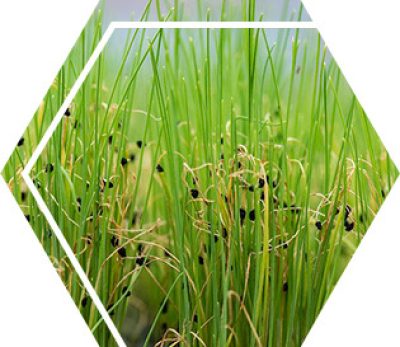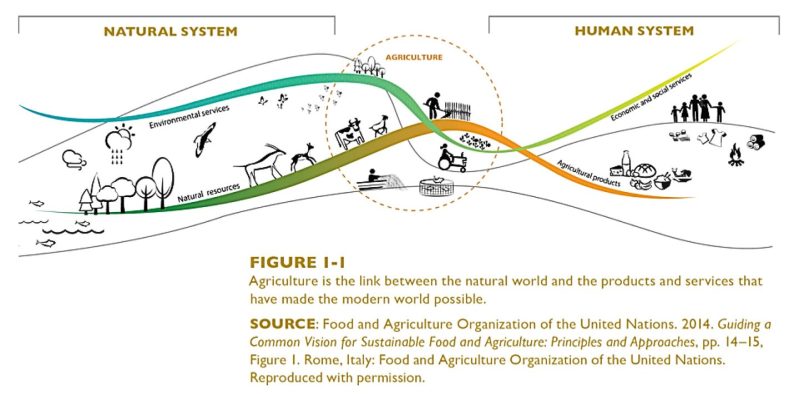


Mar 28, 2024
(Part 1 of 5)
"Sustainability” is seemingly everywhere, on advertisements, woven into corporate taglines, or thrown about in debates and conversations, but we rarely dig deeper than surface-level slogans.

While sustainability is undoubtedly crucial and deserves attention, it has also become somewhat overused and generalized. This overuse threatens to distract us from achieving noble goals that ensure the health and well-being of future generations.
The term "sustainability" has been applied to a wide range of contexts, from sustainable development and agriculture to sustainable fashion and finance. While all these areas share the overarching goal of sustainability, the specific challenges and solutions within each field differ significantly. This lack of differentiation contributes to the generalization of the term and reduces its meaning to a catch-all phrase.
Sustainability is a complex and multifaceted concept encompassing social, economic, and environmental dimensions. However, its precise definition can be elusive, leading to varied interpretations and applications. Too often, we pose sustainability challenges with generalized statements and questions without context. For instance, the world’s population will reach nearly 9 billion by the year 2030 and in another 20 to 30 years may reach 10 billion before it stabilizes (Population 2024 U.N.).
Not to say there is no cause for concern. The United Nations Sustainability Goals lay out a series of considerable challenges related to meeting a growing planet’s sustainability and resilience needs:
- Droughts are estimated to displace 700 million people by 2030 (Drought 2024 WHO).
- 1 in 10 people worldwide suffer from hunger and 1 in 3 people lack access to adequate food. Furthermore, an estimated 149.2 million children under the age of 5 suffer from stunting due to chronic malnutrition (Fact sheets - malnutrition 2024 WHO).
- To feed the estimated 9 billion people by 2050, crop production will need to increase proportionately. However, 90% of global deforestation is due to agricultural expansion and eutrophic events have increased because of the rapid rise in intensive agricultural practices, industrial activities, and population growth (COP26: Agricultural expansion drives almost 90 percent of global deforestation 2021).
- Oceanic dead zones have spread exponentially since the 1960s and have been reported in more than 400 receiving waters, affecting more than 95,000 square miles worldwide (SDG indicators 2024).
Conceptualizing numbers like these is a challenge, especially when a general rule is our brain’s count: one, two, three, many. Consider this scenario: When it comes to comprehending the data linked to Sustainable Development Goals, we often grapple with the enormity of a million, a billion, and a trillion, we know these numbers are huge, but we struggle to fathom the profound differences between them.
Problematically, these figures are usually accompanied by dire questions such as: How will we feed that many people without destroying our planet? How do we, instead of simply raising student anxiety about these issues, provide them with the tools, skills, and strategies to address these challenges?
To get started, we should meet our students where they currently are – in our classrooms making sense of phenomena and working to solve meaningful problems that engage students with complex and compelling questions involving people, tradeoffs, the environment, and competing needs.
The conceptual shifts defined in A Framework for K-12 Science Education describe the need to move from “learning about science” toward “figuring things out.” When we look at the challenges facing the world as it relates to sustainability, we are provided with ample problems in need of “figuring out.” The challenges we face on climate, food security, and other overwhelming problems must be met by those who are inspired to break down barriers and build connections.
One step toward differentiating sustainability and making scientific connections is to do so using agriculture as the context for science lessons and units. Agriculture is the production of our food, fiber, and fuel. This context provides thousands of opportunities for students to explore naturally occurring phenomena among the interactions of living things and the earth’s systems. Further, since its origins, the practice of agriculture has been a continuous series of design challenges to cultivate nature for the needs of humans. Leveraging the phenomena, challenges and opportunities found in food systems could empower student learning to prepare them for a sustainable and resilient future.

Students and educators must remain connected to, and motivated by, the elements of their world that spark curiosity and generate wonder. Agriculture provides a context to approach these complex challenges from a grassroots approach. For example, understanding the flow of nutrients in a local regenerative farm is a far better entry point than challenging students to design a way to feed the estimated 9 billion people by 2050. A sustainable and resilient future depends upon a deeper understanding of the science of agriculture and innovative solutions to the challenges we face.
We must remove barriers so that all students can gain a deeper understanding of the production of our food, fiber, and fuel (agriculture). Topics such as crop production (e.g., genetics, plant growth, data, etc.), soil health (e.g., chemical and physical properties of soil, etc.), animal husbandry, and agricultural technologies (e.g., engineering, data science, computer science, etc.) can be powerful examples of applied sciences that could be used to foster critical thinking and problem-solving.
In this blog series, we will explore how we might contextualize sustainability through food systems and agriculture in tangible and meaningful ways that engage all learners in the science classroom. We ask, what would a more sustainable future look like if it started with you or in your community?
Want to learn more? Watch a recorded webinar that explores how real-world food and agriculture phenomena related to sustainability, resilience, and food security spark curiosity and engage all students in NGSS science
Sources:
Food and Agriculture Organization of the United Nations. (2014). Building a Common Vision for Sustainable Food and Agriculture. Principles and Approaches. Retrieved from https://www.fao.org/policy-support/tools-and-publications/resources-details/en/c/418447/
The Food and Agriculture Organization (FAO). (2021, June 11). COP26: Agricultural expansion drives almost 90 percent of global deforestation. Newsroom. Retrieved from https://www.fao.org/newsroom/detail/cop26-agricultural-expansion-drives-almost-90-percent-of-global-deforestation/en
United Nations. (n.d.). Population. Retrieved from https://www.un.org/en/global-issues/population#:~:text=The%20world%20in%202100,surrounding%20these%20latest%20population%20projections
United Nations. (n.d.-b). SDG indicators. Retrieved from https://unstats.un.org/sdgs/report/2021/goal-14/
World Health Organization. (n.d.). Drought. Retrieved from https://www.who.int/health-topics/drought#tab=tab_1
World Health Organization. (2024, March 1). Fact sheets - malnutrition. Retrieved from https://www.who.int/news-room/fact-sheets/detail/malnutrition/
Any opinions, findings, conclusions, or recommendations expressed in this material are those of the authors and do not necessarily reflect the views of the Food and Agriculture Center for Science Education or the funders.